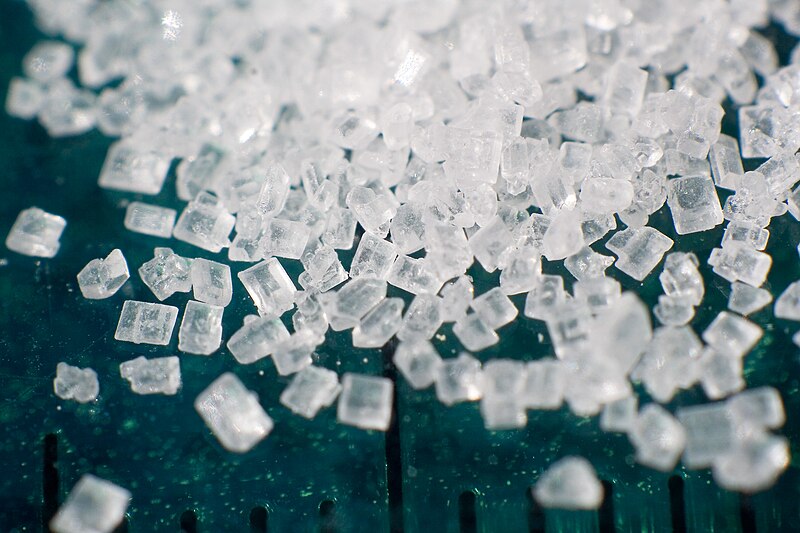.
"The fructose–copper connection: Added sugars induce fatty liver and insulin resistance via copper deficiency", James J. DiNicolantonio, Dennis Mangan, James H. O'KeefeQuote:
The overconsumption of sugar may be one of the biggest drivers of NAFLD.4 Several factors may be involved in sugar-driven NAFLD, including bacterial translocation from the gut to the liver and advanced glycation end products.8 However, low hepatic copper levels are also implicated in NAFLD; thus sugar consumption can lead to low copper.9 This suggests that the overconsumption of sugar may lead to NAFLD and insulin resistance via hepatic copper deficiency.
In a rat model of NAFLD, dietary sucrose and copper deficiency increased inflammation, fibrosis and lipogenesis.9 Compared to a control diet in which rats were fed with sufficient copper and 10% sucrose, either a high-sucrose diet or a low copper diet increased the hepatic expression of genes regulating inflammation and fibrosis. The low copper diet led to low serum and hepatic copper, increased lipid peroxidation and histopathology similar to that found in NAFLD. The combined low copper and high sugar diet led to all of these changes as well as hepatic insulin resistance and liver damage, but neither low copper nor high sugar caused weight gain. Low copper and high sugar promoted gene expression and physiological processes typical of NAFLD as well as non-alcoholic steatohepatitis (NASH) even without weight gain.
The fructose component of dietary sucrose, in particular, can induce copper deficiency. In rats, a diet of only 3% fructose from beverage intake – a rather modest fructose consumption that is lower than typical intake of Americans – impaired copper status and led to a significant induction of hepatic injury, iron overload and fat accumulation.10 Therefore, fructose-induced copper deficiency could be an important mechanism behind fructose-induced NAFLD. Ultra-high consumption of fructose is not necessarily required for fructose-induced fatty liver with levels lower than the average American consumption capable of inducing it in rats.







